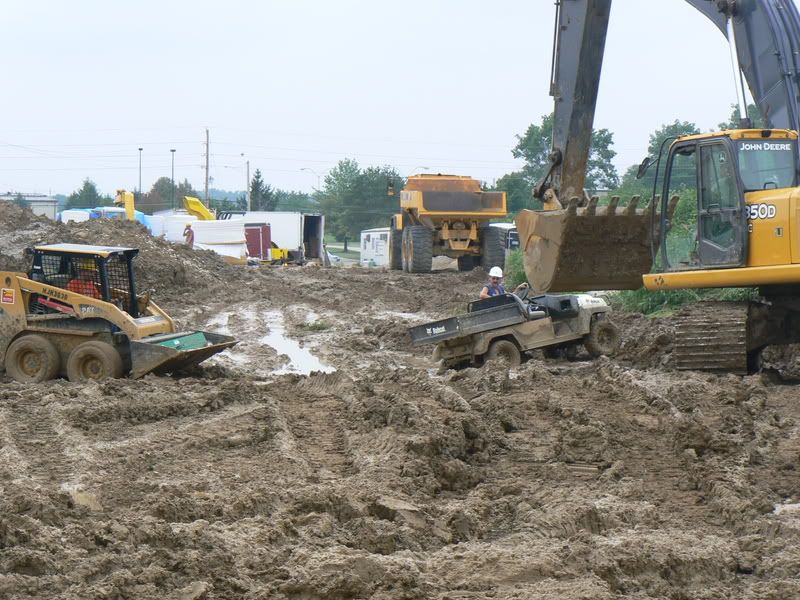jrannis
Senior Member
- Location
- Fort Lauderdale/ Miami
Eric VerValin said:Ok.. then answer me this... arent you supposed to retorque aluminum conductrs like that once a year or something like that? Who, and or how will that be possible when a store runs 24 hours a day? I wont stick my torque wrench under there after its on and running.
The only reason I think its bad is just from what I've seen. My friend with that 400 amp service didn't listen to me, and got aluminum. I used a snap-on torque wrench when I did the install, and still within a year his neutral was a little loose. Made his lights flicker a bit if he turned on his hot water. And yes, I know they want to save money.. but come on.. I seen these guys pay thru the ass to move a hallway over 2 feet. After the front tennant spaces were done, they wanted it moved...Got to break up a lot of red concrete for that one.

Proper tightening or torqueing is necessary to attain a reliable connection. Once the correct torque is achieved, there is no need to go back and re-torque the lug with an AA-8000 series aluminum alloy conductor.
Re-torquing is a total myth. Aluminum feeders are the only way to go in this day and age.
If you read the installation instructions for copper wire it will tell you to brush and apply no-lox. Aluminum feeders save lots of labor, cost and injuries related to the reduced weight.
If you had any concern you could install pin connectors on the cable terminiations and still be way ahead on costs.
The old style Aluminum was nasty, the new alloy is very nice and a pleasure to work with.
Aluminum building wire is something few people in the residential and commercial electrical industry don't have a passionate opinion about. More often than not, you will find this opinion is based on 40-year-old facts, and a misunderstanding of those facts. Aluminum building wire, through the efforts of manufacturers like Southwire, and organizations such and the NEC? and UL?, is a proven safe and reliable system.
And don't forget about the advantages of aluminum building wire over copper, particularly in the larger sizes (6AWG- 900kcmil). It is much lighter and more economical. This means easier installations, fewer injuries, and pound-for-pound more conductivity. Those that have embraced feeder sized aluminum building wire, are reaping the benefits, and may very well be hoping you walk away from this information clinging tight to your old misconceptions since they could be bidding their next job against you.
So why tell this story? With the rise in copper prices over the past few years renewed interest in aluminum building wire is gathering. Many contractors and owners find themselves looking for an alternative to provide relief from rising copper prices. Unfortunately, they are still being misinformed that the very solution they hope for does not exist. Well it does and it has for over 35 years. It's called AA-8000 series aluminum alloy. And Southwire Company developed it in 1968.
So now when you hear someone say "aluminum causes fires" you can reply with the facts about today's aluminum building wire;
A problem that happened 40 years ago, failure of utility grade aluminum and a simple steel screw, is simply not relevant to the aluminum building wire installed today. With the development of an improved aluminum alloy, AA-8000, increased NEC and UL requirements, and a proven track record of over 30 years, aluminum building wire is just as safe and just as reliable as copper.
http://www.southwire.com/processGetArticle.do?commonId=48464972cbdd5110VgnVCM1000002702a8c0____
Last edited:




